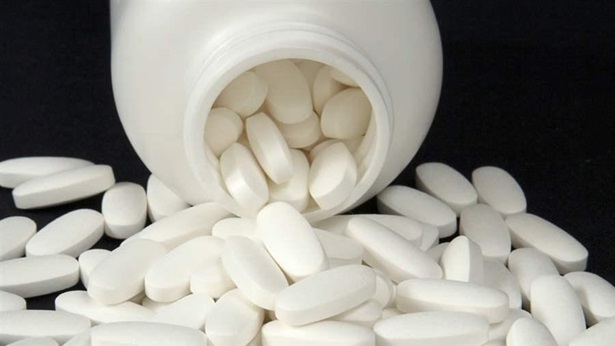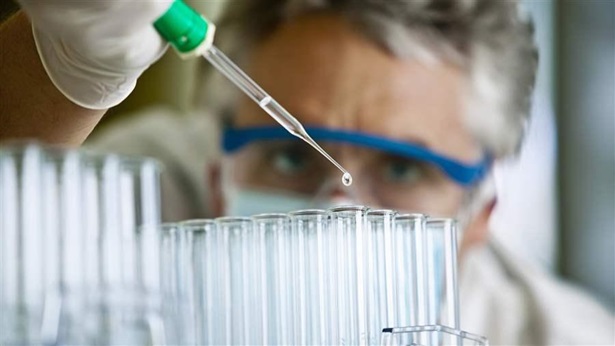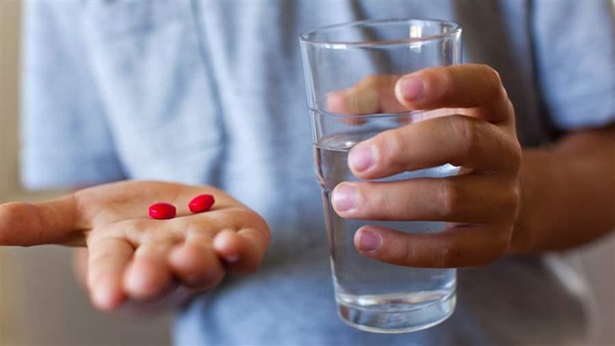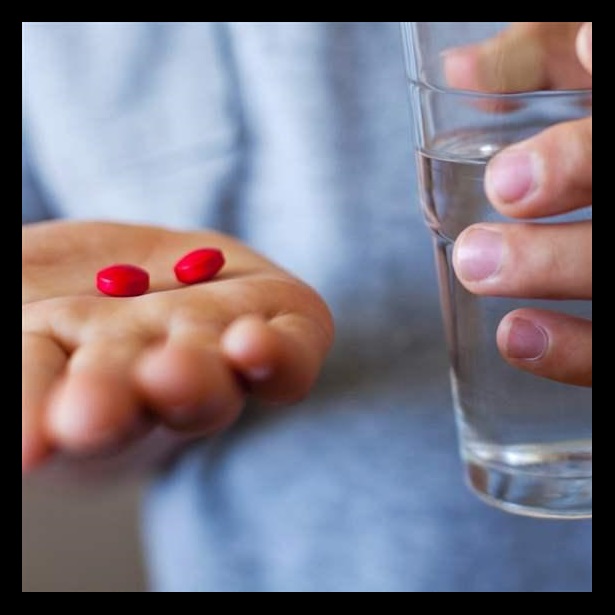Addressing the Economic Hurdles Facing Antibiotic Innovation
As antibiotic resistance continues to rise, the development pipeline for new drugs to treat bacterial infections is dwindling.
Bringing any new medicine to market involves a great deal of time, effort, and expense. Antibiotics generate less revenue than blockbuster drugs such as those for high blood pressure or cholesterol—rather than a drug that is taken daily for life, antibiotics are taken for a week or so a few cycles over a lifetime—so manufacturers have little economic incentive to develop new ones.
To help overcome these challenges and stimulate development of new antibiotics, the Food and Drug Safety and Innovation Act of 2012 included the Generating Antibiotic Incentives Now (GAIN) provisions. GAIN increases the commercial value of antibiotics intended for serious or life-threatening infections by extending by five years the exclusivity period during which the drugs can be sold without generic competition. As of January 2015, at least 27 novel antibiotics have been designated as qualified infectious disease products under GAIN.
Additional Resources


America’s Overdose Crisis
Sign up for our five-email course explaining the overdose crisis in America, the state of treatment access, and ways to improve care
Sign up
From Lab Bench to Bedside: A Backgrounder on Drug Development
The process of creating new medicines is complex, time-consuming, and costly. Moving a potential therapy from concept to market can take between 10 and 15 years and cost developers as much as $1 billion.
Learn More












